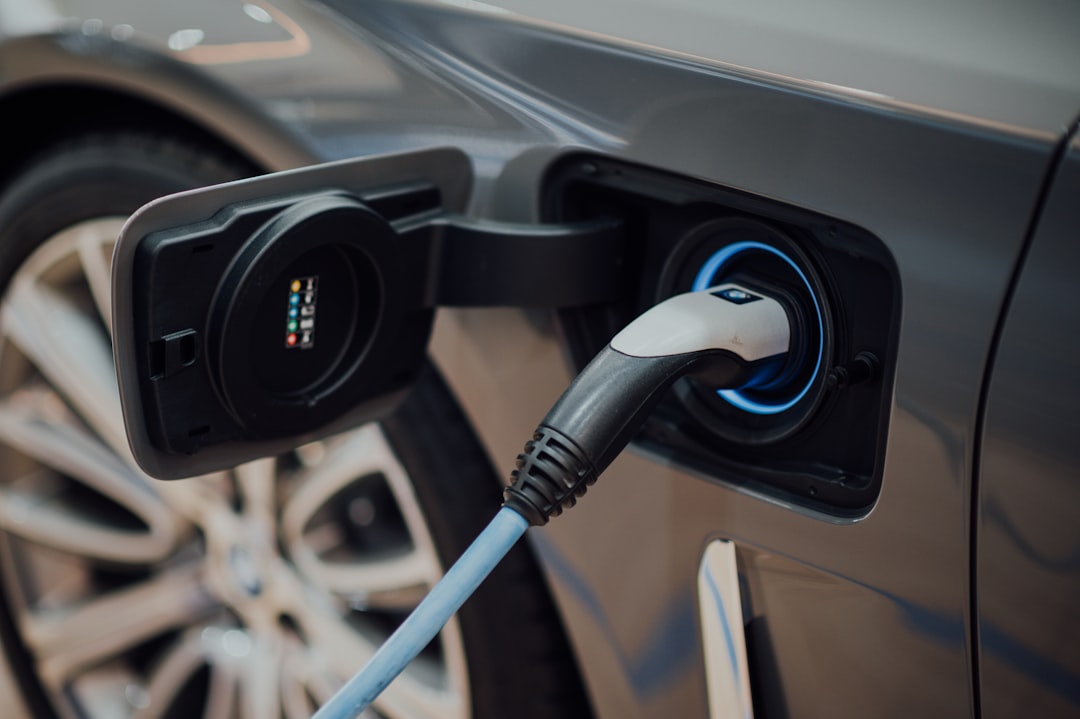In recent years, Norway has emerged as the global leader in electric vehicle (EV) adoption, a remarkable feat for a country with a population of just over 5 million. In 2022 alone, electric cars accounted for nearly 80% of all new vehicle sales in Norway, according to a report by Bloomberg Green. This small Scandinavian nation has quickly set the standard for the world in terms of EV penetration, outpacing even larger economies with more resources. So, how did Norway achieve this? In this article, we will delve into the strategies and policies that propelled Norway to the forefront of electric mobility, explore the country’s innovative charging infrastructure, and provide actionable insights for those looking to follow in Norway’s footsteps.
The Road to Success: Policies That Paved the Way
1. Incentives and Tax Breaks
Norway’s journey to becoming the world’s leader in EV adoption began with government policies designed to make electric vehicles financially attractive. Key measures included:
- Tax Exemptions: EV owners in Norway benefit from significant tax breaks. Electric cars are exempt from the hefty 25% value-added tax (VAT) and import duties that apply to conventional vehicles.
- Toll Exemptions and Discounts: EV drivers enjoy reduced rates or exemptions from road tolls, ferry fees, and parking charges.
- Access to Bus Lanes: Electric vehicles are allowed to use bus lanes, reducing commute times and making EVs a more convenient choice for urban drivers.
These incentives have made owning an electric vehicle financially viable for many Norwegians, effectively encouraging a shift away from fossil fuel-powered cars.
2. Investment in Charging Infrastructure
A robust charging network is crucial for widespread EV adoption, and Norway has excelled in this regard. The country’s investment in charging infrastructure includes:
- Public Charging Stations: As of 2023, Norway boasts over 18,000 public charging stations, with rapid chargers located strategically along major highways, as reported by InsideEVs.
- Home Charging Incentives: The government offers subsidies for home charging installations, making it easier for residents to charge their vehicles overnight.
- Innovative Solutions: Norway is a pioneer in wireless charging technology, with pilot projects for electric taxis in Oslo, as covered by TechCrunch.
This extensive infrastructure has alleviated range anxiety, a common concern among potential EV buyers, and has made it easier for Norwegians to transition to electric cars.
Cultural Shifts and Environmental Awareness
3. Public Perception and Environmental Commitment
Norway’s commitment to sustainability and environmental consciousness is deeply rooted in its culture. This societal mindset has played a significant role in the country’s rapid EV adoption:
- Environmental Education: From an early age, Norwegians are educated about the importance of reducing carbon footprints and protecting the environment.
- Public Campaigns: National awareness campaigns emphasize the environmental benefits of electric vehicles, aligning with Norway’s climate goals.
- Celebrity Endorsements: Prominent Norwegian figures and influencers, such as athletes and musicians, actively promote electric vehicles, enhancing their appeal.
The alignment of public perception with environmental goals has created a societal acceptance of electric vehicles that is unparalleled globally.
4. Economic and Political Stability
Norway’s stable economy and political environment have also contributed to its EV success story. The country’s significant oil revenues have been reinvested into sustainable initiatives, including:
- Green Investments: The Norwegian government invests heavily in renewable energy projects, reinforcing the infrastructure needed for EVs.
- Policy Consistency: Long-term consistency in policies supporting electric vehicles has provided confidence to consumers and manufacturers alike.
This stability has enabled sustained growth in the EV market, ensuring that infrastructure keeps pace with increasing demand.
Practical Tips for Emulating Norway’s Success
5. How to Charge Your EV Efficiently
For countries and individuals looking to replicate Norway’s achievements, efficient charging is key. Consider the following tips:
- Install Home Chargers: Invest in a Level 2 home charging station for faster overnight charging.
- Utilize Public Chargers: Take advantage of public charging networks, especially during long trips.
- Explore Solar Options: Pair your EV with home solar panels to reduce energy costs and further minimize your carbon footprint.
6. Where to Buy and What to Compare
When purchasing an EV, consider these factors:
- Range and Battery Life: Compare models for range capabilities and battery longevity. Brands like Tesla, Volkswagen, and Hyundai offer diverse options.
- Total Cost of Ownership: Evaluate the long-term savings from fuel, maintenance, and tax incentives.
- Vehicle Features: Look for features like autonomous driving capabilities and advanced infotainment systems.
Conclusion: A Blueprint for the Future
Norway’s leadership in electric vehicle adoption provides a blueprint for other nations aiming to transition to sustainable transportation. By leveraging policy incentives, investing in infrastructure, and fostering a culture of environmental awareness, Norway has set a benchmark in the global shift towards clean energy mobility.
As we look to the future, the adoption of electric vehicles will continue to grow, driven by advancements in technology and increasing environmental consciousness. The question remains: will your country be the next to embrace this electric revolution? Share your thoughts in the comments below and join the conversation about the future of transportation.
In the coming years, as battery technologies improve and charging networks expand, we can expect even more countries to follow Norway’s lead, making electric vehicles a global norm rather than an exception.

